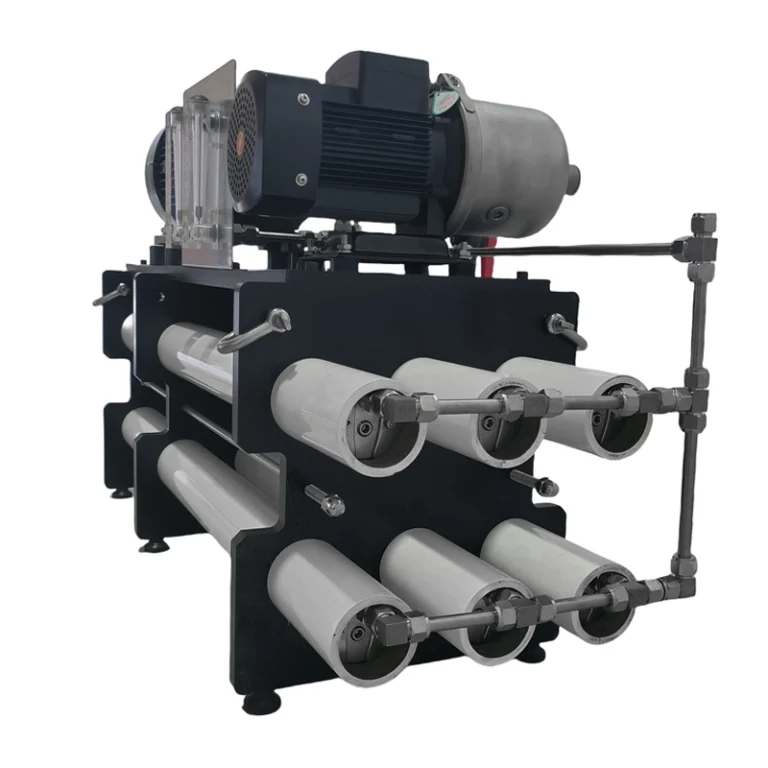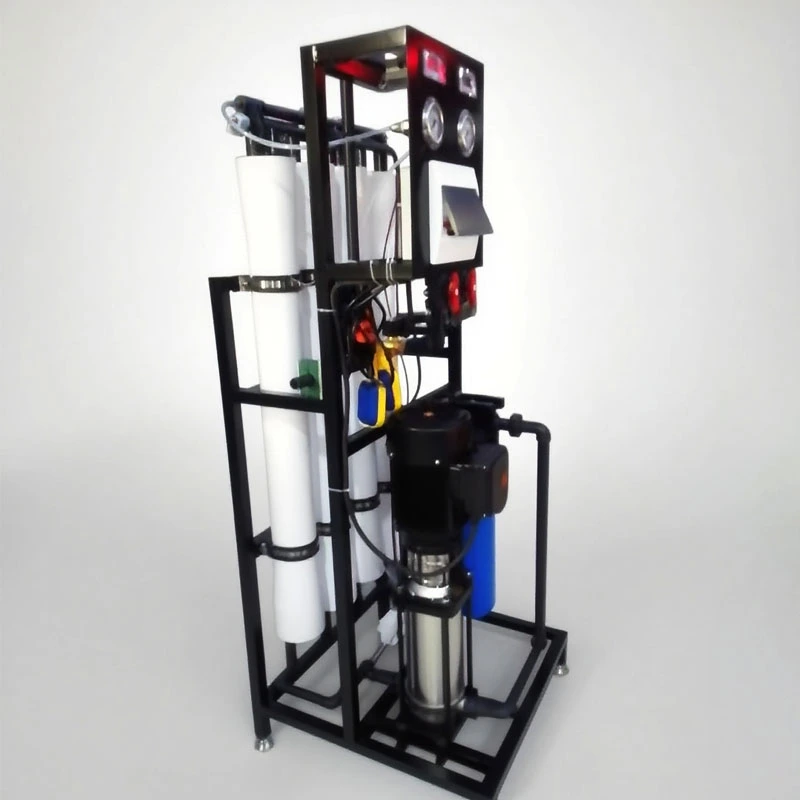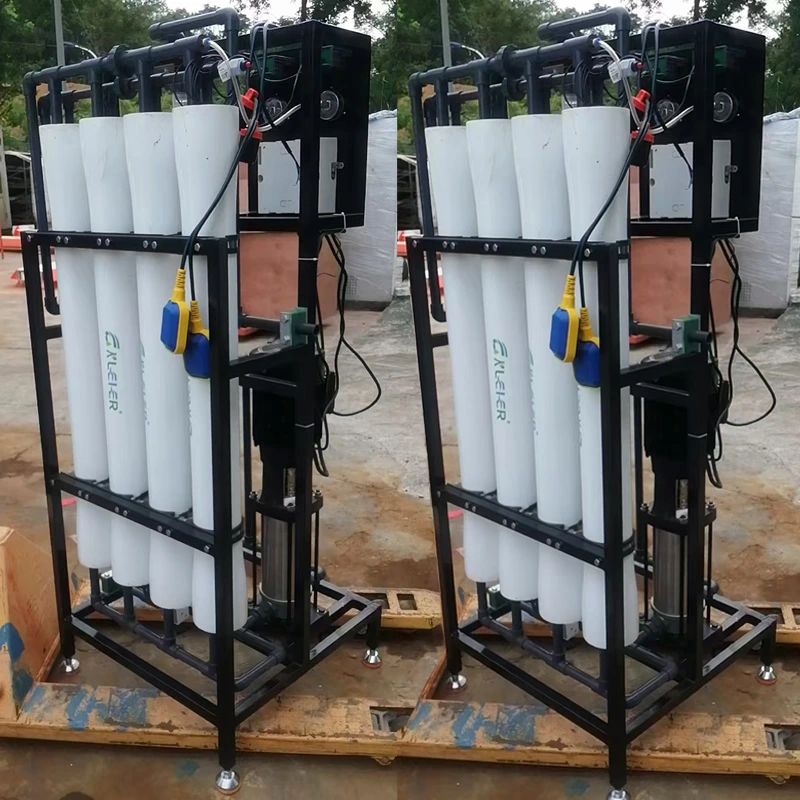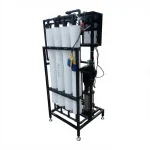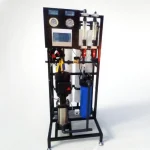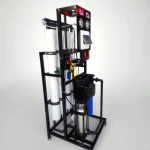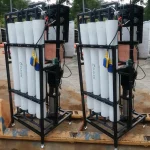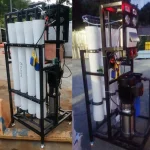BasideWT- Whole Home Water Filtration System & Replacement

Industrial Commercial 1000L RO System Water Purifier Machine RO Water System Treatment Plant 1000 LPH With Pump PLC
PRODUCT PARAMETERS
- Product Name: RO Water Purifier System
- Water production Rate: 1000L/H
- Filtration process: Reverse Osmosis Filtration
- Filter Water Quality: Purified Water/pure Direct Drinking Water
- Type: Pure Water Treatment System
- Processing Type:Reverse Osmosis
- Application:Industrial / Commercial
- Usage: Water Treatment
- Core Components: RO Membrane
- Packing: Standard Exportation Package
Let’s be honest. Water is the lifeblood of countless industries. From manufacturing and food & beverage to pharmaceuticals and hospitality, a reliable, pure water source isn’t just a convenience—it’s a operational necessity. But what happens when your municipal supply is inconsistent, or your current filtration can’t handle the volume or purity demands?
You face downtime, product quality issues, and skyrockering maintenance costs. Bottled water is a laughable solution at this scale. So, what’s the real, permanent fix for a high-capacity operation?
The answer lies in investing in a dedicated, on-site purification workhorse: a robust Industrial Commercial 1000L RO System. This isn’t just a filter; it’s your own scalable water production plant.
What Exactly is an Industrial-Grade 1000L/H RO System?
Simply put, a Reverse Osmosis (RO) system forces water under high pressure through a semi-permeable membrane. This process removes up to 99% of dissolved solids (TDS), including salts, minerals, bacteria, and chemicals.
An Industrial Commercial 1000L RO System is specifically engineered for heavy-duty use. The “1000L/H” designation means it can produce 1000 liters of permeate (purified water) every hour. That’s 24,000 liters per day, meeting the demands of large-scale operations.
Advantages of the Industrial Commercial 1000L RO System
When compared to smaller, residential systems, the Industrial Commercial 1000L RO System offers several advantages:
1. High Capacity and Efficiency
One of the most significant benefits is the ability to process large volumes of water quickly. This is crucial for industries such as food production, pharmaceuticals, and textiles, where clean water is essential for product quality.
Example: A food production company using the Industrial Commercial 1000L RO System can process up to 1000 liters of water per hour, ensuring a constant supply of purified water for operations without interruptions.
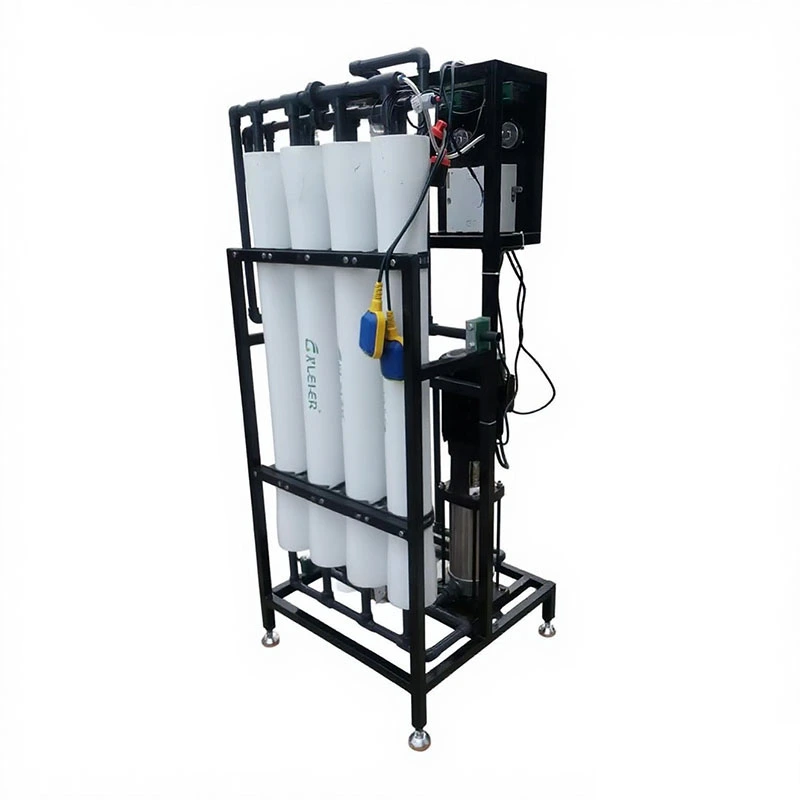
Real-World Application: How the Industrial Commercial 1000L RO System Transforms Businesses
Case Study 1: A Bottled Water Company
A leading bottled water company in California needed a solution to ensure a consistent supply of clean water for its production. By installing the Industrial Commercial 1000L RO System, they were able to triple their production capacity while maintaining the high-quality standards expected by consumers.
Interestingly, after upgrading their system, the company also saw a significant reduction in water waste, making their operations more sustainable.
Case Study 2: Textile Manufacturing in India
A textile manufacturer in India struggled with the quality of water available for dyeing processes. Using the Industrial Commercial 1000L RO System, they were able to filter out harmful minerals and chemicals, improving the quality of their fabrics and reducing waste.
Comparing the Industrial Commercial 1000L RO System with Other Filtration Systems
Not all water filtration systems are created equal. Let’s look at how the Industrial Commercial 1000L RO System compares to other commonly used industrial water treatment systems:
| Feature | 1000L RO System | Ultrafiltration (UF) | Activated Carbon |
|---|---|---|---|
| Water Purity | High (99%+ contaminants removal) | Moderate (removes larger particles) | Low (only removes chlorine, some odors) |
| Cost | Medium-High (initial investment) | Low (affordable) | Low |
| Maintenance | Low (membrane replacement) | Medium (occasional cleaning) | High (regular replacement) |
| Energy Use | Low | Low | Low |
Application
1. Drinking Water Purification
RO is widely used in both residential and commercial water filtration systems to provide clean and safe drinking water. The process removes harmful substances such as chlorine, lead, fluoride, bacteria, and viruses, ensuring the water is free from contaminants.
2. Industrial Water Treatment
Industries like food and beverage, pharmaceuticals, and textiles rely on RO for water purification. It ensures water used in production processes is free of impurities that could affect the quality of the end product. For example, in the food and beverage industry, RO systems are used to purify water for beverages, while in pharmaceuticals, RO ensures that water meets stringent purity standards.
3. Aquaculture
In aquaculture, reverse osmosis is used to purify water in fish farms. RO ensures that water quality is controlled, free from harmful substances, and optimal for aquatic life. This is especially important in recirculating aquaculture systems (RAS), where water quality directly impacts fish health.
4. Laboratory and Medical Applications
In laboratories, RO is used to produce ultra-pure water for experiments and research. In medical settings, RO is crucial for creating purified water for dialysis machines, as even trace amounts of contaminants can be harmful in such delicate procedures.
5. Bottled Water Production
RO is commonly used in the bottled water industry to purify water before bottling. By removing minerals, chemicals, and other impurities, RO ensures that bottled water is clean, safe, and meets quality standards.
FAQs
Choosing the perfect water treatment system depends on your specific water quality, household size, and needs. We make it easy with our 3-step process:
Water quality testing – analyze your water for contaminants, hardness, and other factors.
Personalized Consultation – Our experts recommend systems based on your results, budget, and water usage.
Customized Solution – From whole-house filtration to targeted solutions (e.g., RO for drinking water, softeners for hard water), we tailor the system to your home.
To determine your water flow rate in gallons per minute (GPM), follow these simple steps:
Prepare for Testing:
- Prepare for Testing:
- Ensure all water fixtures in your home are turned off
- Select the faucet closest to your main water supply line (usually the kitchen sink or an outdoor spigot)
- Conduct the Test:
- Fully open the selected faucet
- Time how many seconds it takes to fill a 1-gallon container
- Repeat the test 2-3 times for accuracy
- Calculate Your Flow Rate:
Use this formula: Flow Rate (GPM) = 60 ÷ Fill Time (seconds)Example Calculation:- If your 1-gallon container fills in 15 seconds
- 60 ÷ 15 = 4 GPM
For more precise measurements or whole-home flow rate analysis, contact our water system specialists. We can help you determine if your current flow rate meets the requirements for any water treatment systems you’re considering.
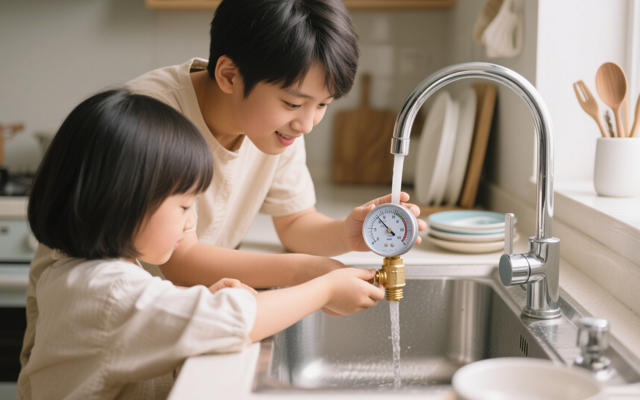
1. Check Multiple Fixtures
Test water pressure at different faucets, showers, and appliances (e.g., kitchen sink, bathroom sink, outdoor hose).
If only one fixture has low pressure, the problem is likely localized (clogged aerator, faulty valve, or pipe issue).
If all fixtures have low pressure, the issue is systemic (main supply, pressure regulator, or water heater).
2. Inspect the Aerator or Showerhead
Unscrew the faucet aerator or showerhead and check for mineral deposits, debris, or rust.
Soak it in vinegar overnight to dissolve buildup, then rinse and reattach.
3. Check the Main Shutoff Valve
Locate the main water shutoff valve (usually near the water meter or where the main line enters the house).
Ensure it’s fully open (turn clockwise to close, counterclockwise to open).
1. Activated Carbon Filters
- Removes:
✅ Chlorine & chloramines
✅ Bad tastes & odors (e.g., sulfur)
✅ Volatile Organic Compounds (VOCs)
✅ Some pesticides & herbicides
❌ Does not remove heavy metals, dissolved minerals, or microbes
2. Reverse Osmosis (RO) Systems
- Removes:
✅ Heavy metals (lead, arsenic, mercury, cadmium)
✅ Dissolved salts (fluoride, nitrates, sulfates)
✅ Microplastics & sediment
✅ Bacteria & viruses (if combined with UV)
✅ Chlorine & chemicals (with carbon pre-filter)
❌ May remove beneficial minerals (can be remineralized)
3. Water Softeners (Ion Exchange)
- Targets:
✅ Calcium & magnesium (hardness)
✅ Low levels of iron & manganese
❌ Does not remove bacteria, chlorine, or heavy metals
4. UV Purifiers
- Kills:
✅ Bacteria (E. coli, coliform)
✅ Viruses (rotavirus, hepatitis)
✅ Protozoa (Giardia, Cryptosporidium)
❌ Does not remove chemicals, metals, or sediment
5. Sediment Filters
- Removes:
✅ Sand, rust, dirt
✅ Large particles & silt
❌ Does not remove dissolved contaminants
6. Whole-House Filtration Systems
Combines multiple methods (carbon + sediment + UV) for broad protection.
- UV: Kills bacteria/viruses but doesn’t remove chemicals or particles.
- RO (Reverse Osmosis): Removes 95–99% of contaminants (heavy metals, dissolved salts) but requires electricity.
- Activated Carbon: Absorbs chlorine, odors, and organic compounds—ideal for pre-filtration.
REQUEST A QUOTE
RELATED PRODUCTS
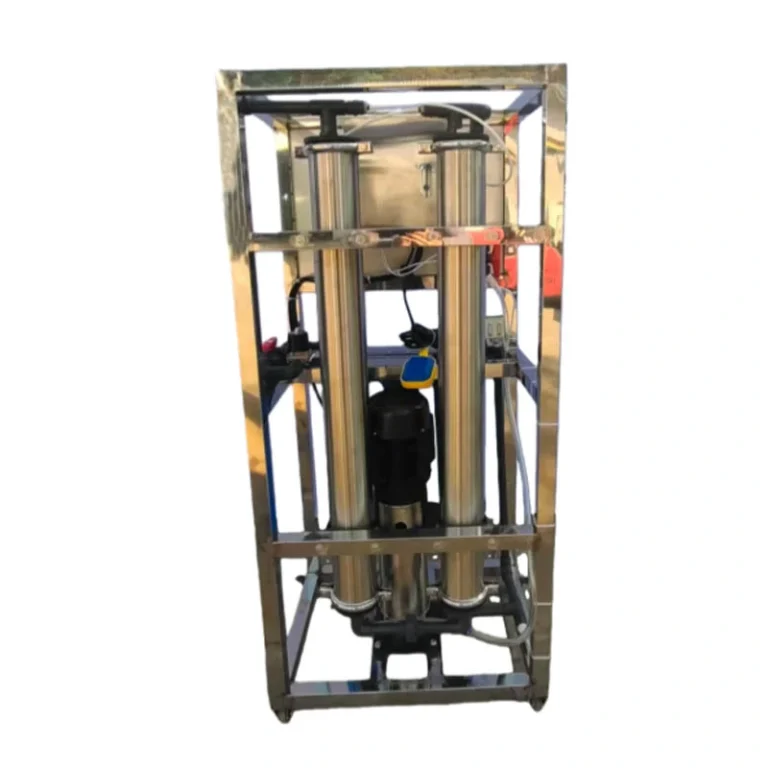
Whole-House Well Water Reverse Osmosis System

10T/H Industrial Water Softening System Automatic Ion Exchange Cation Resin Water Softener
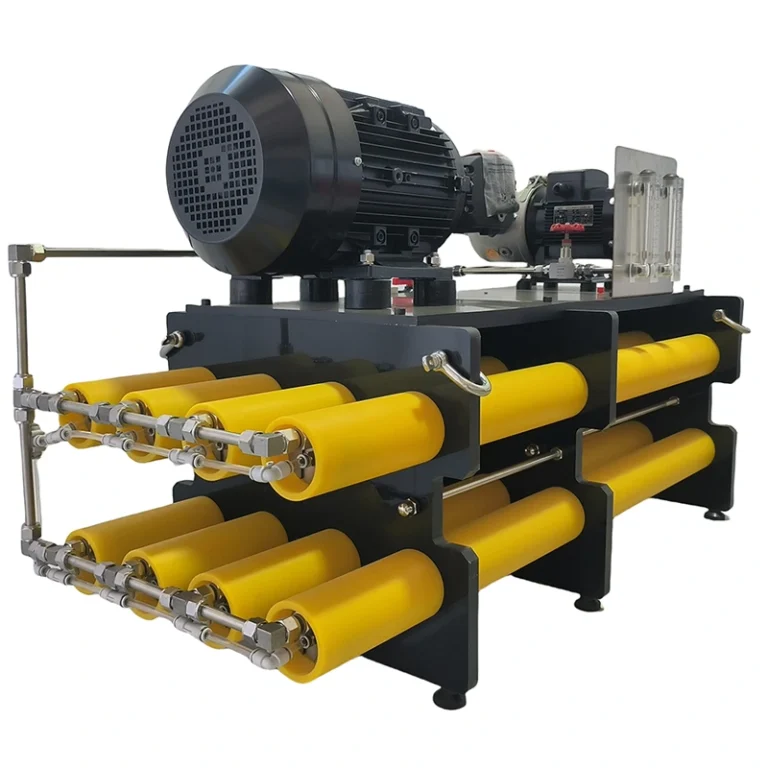
BasideWT Best Marine RO 1000L WaterMakers Seawater Desalination System

Best 6 stage Under-sink RO Purifier UV Sterilization Home Reverse Osmosis Drinking Water Filter System

Premium Car and Window Cleaning System for Homeowners with Dual DI Tanks Purifier
